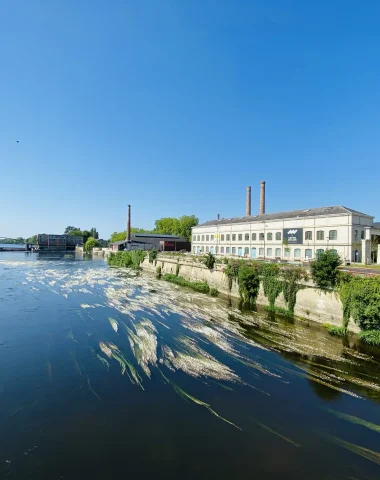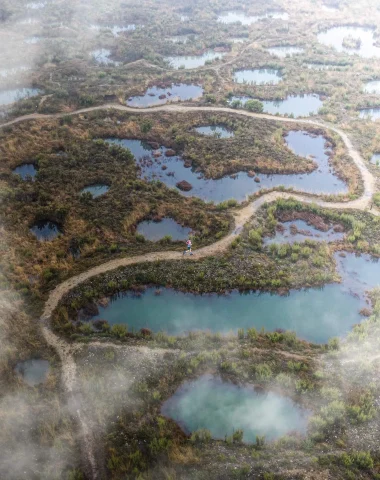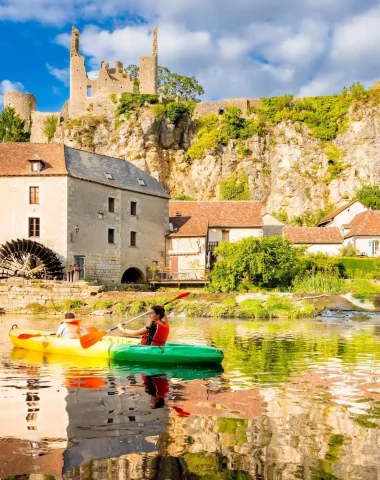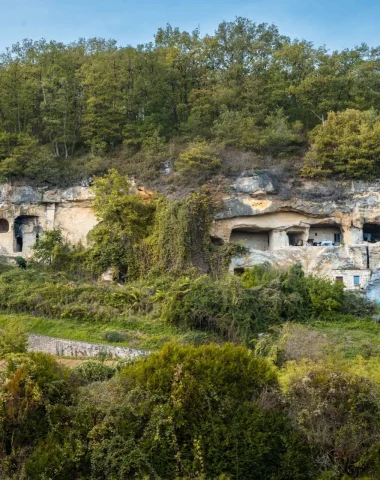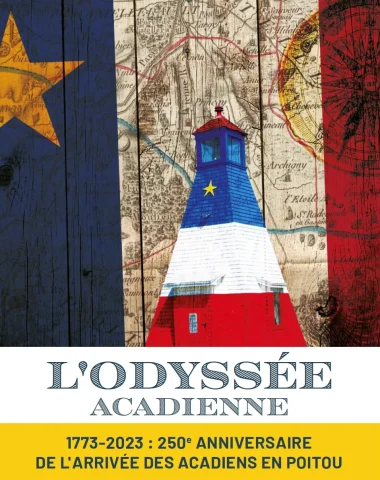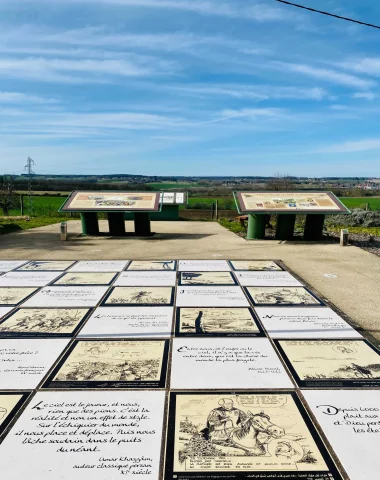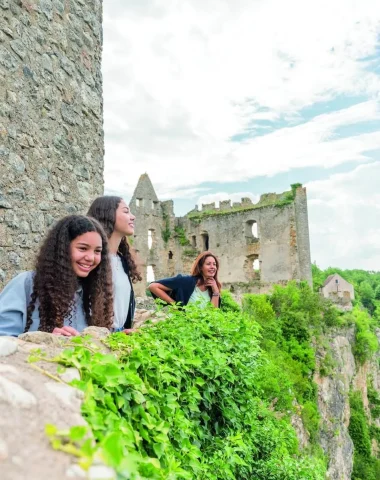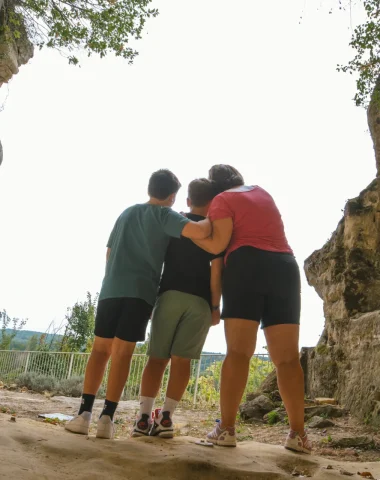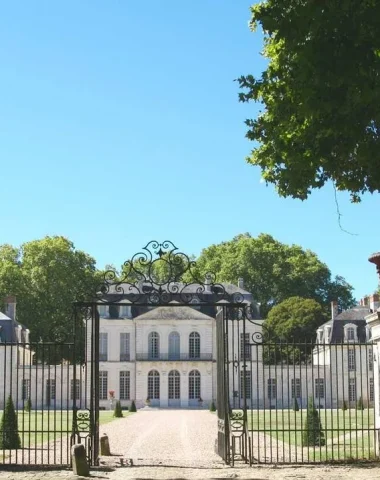Last week, remember, I was in the village of Ormes with an outstanding guide, Catherine Puglia. Today, on the eve of European Heritage Days 2020, we end the visit with an exceptional monument, the cradle of brilliant intellectual activity during the Age of Enlightenment. “ The history of the town is inseparable from that of its castle », reminds me of Ms. Puglia.
Powerful lords and famous guests
In 1642, King's advisor Antoine-Martin Pussort acquired the estate and began the construction of a vast building, made up of seven pavilions with French gardens. The castle remained in the family until 1697, thanks to Henri's brother, and thanks to Marie Pussort, mother of Colbert, the famous minister of Louis XIV.
In 1729, the chatellenie became for 250 years the stronghold of the family of Count d'Argenson, Minister of War of Louis XV. The greatest architects come one after the other for expansions and reconstructions.
And famous guests parade through the salons, transforming the castle into a mecca for philosophical, literary and artistic exchanges. The regular arrival of Diderot, Voltaire and Rousseau amply justifies the “Maison des Illustres” label awarded by the Ministry of Culture in 2016.
The owner's turn
I follow the RD 910, keeping in mind the names of these great thinkers, and arrive at the main gate. A long, lofty avenue of plane trees stands before me. I park my car in the shade, to reach on foot a second gate which is just as impressive since it opens onto the main courtyard. In this place, at this moment, I think that the castle and its white Touraine stone display all their majesty! Amazed, I advance on the cobblestones. Sydney Abbou, doctor and current owner, comes to meet me. Very considerate, he undertakes to show me around the interiors himself.
In the introduction, Mr. Abbou explains to me that several eras coexist in the current buildings. The side wings, their return pavilion (Pussort wing) and the two large side pavilions at the back of the courtyard date from 1757 to 1764. The central pavilion and the terraced wings were erected from 1903 to 1907, in order to preserve the existing XNUMXth century style.
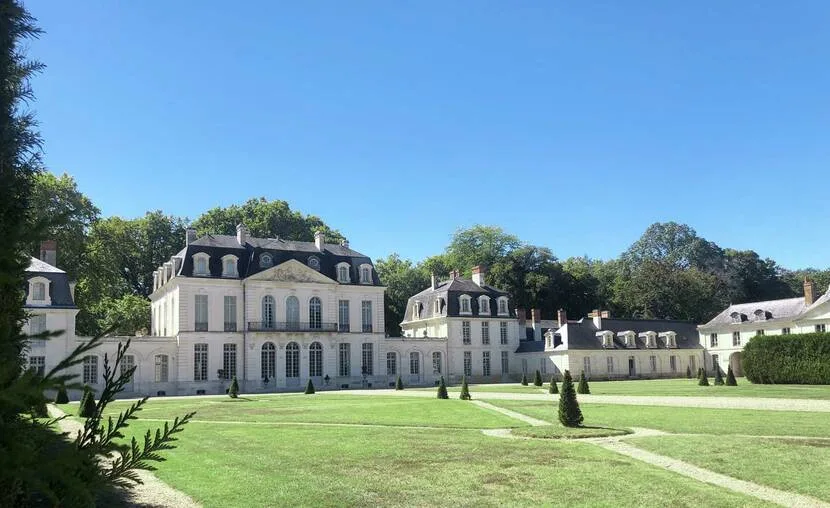
Curious, I asked this great heritage lover how he discovered and acquired the estate. The answer does not lack originality! “ 20 years ago, I owned a small listed castle in Normandy. One rainy day, when my wife and I had completed all the work, we wanted another project. Looking at the ads, we fell in love with the châtellenie des Ormes. The owner couple wanted to get rid of it. However, we had to start by selling our Normandy property. In the end, we exchanged our castles! »
Thanks to the care given to the furniture by Mr. Abbou and his wife, the interiors reflect the sumptuous times of the Age of Enlightenment and the Belle Epoque. Here I am immersed in the atmosphere of a large aristocratic residence…
The vestibule and its staircase
Like all visitors, I begin by entering the large vestibule made of white stone and white and black marble paving. Bright, 60 meters long, it houses a unique collection of locks from the XNUMXth-XNUMXth centuries, as well as paintings representing fables by Jean de La Fontaine. These are in fact cardboard boxes which served as models for tapestries, before the appearance of Jacquard. Catherine Puglia whispers to me that the eminent fabulist would have written “ The little fish and the fisherman » at the Château du Verger in Châtellerault.
I never tire of admiring this gallery and the superb staircase that extends it.
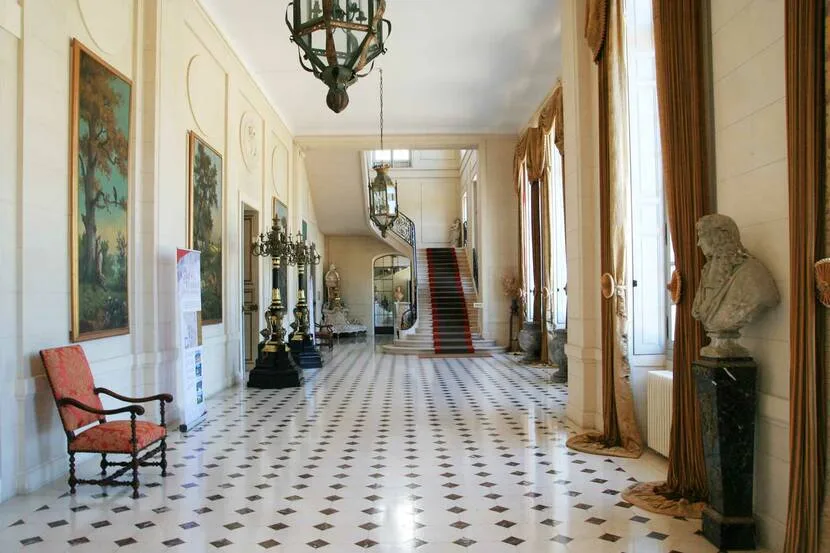
The dining room
At its left end, the vestibule leads to an 18th century dining room, surrounded by busts of philosophers and sovereigns of the time. Seeing my surprise at the walls of this room, Mr. Abbou specifies that they are made of marble stucco.
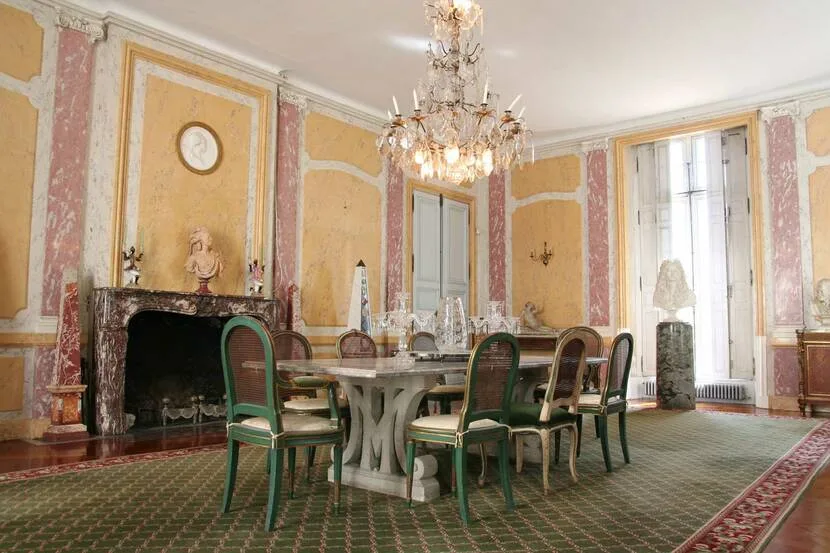
The battle hall
There follows a blue salon, nicknamed "the battle salon", in memory of the combat scenes of Louis XV, commissioned by the Minister of War from the painter Pierre l'Enfant. The authentic paintings are exhibited in Versailles. Here, Mr. Abbou chose to install Chinoiserie and his collection of pianoforti.
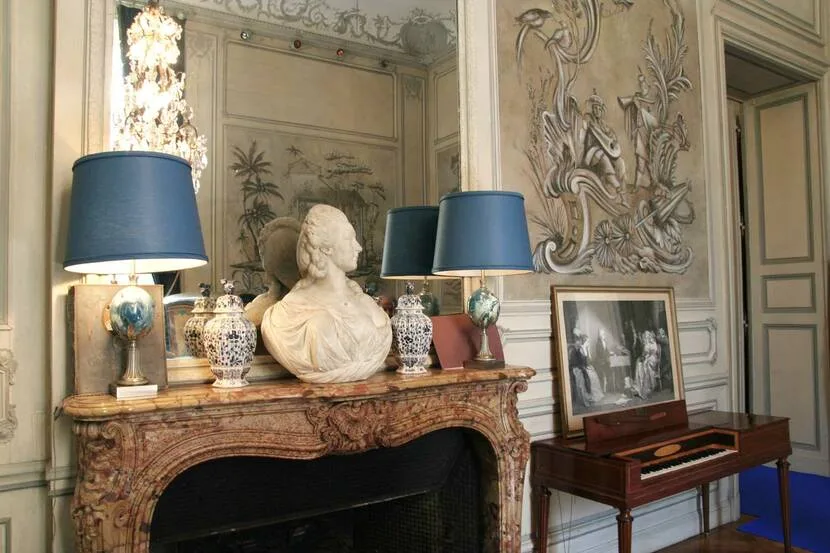
The state room
Two grand pianos sit in this space where concerts take place, particularly during European Heritage Days. Sydney Abbou solicits my gaze on what I initially take for tapestries. These are in reality reproductions of five hangings, made by the Gobelins factory (1716-1725) and which relate The story of Don Quixote. The originals were donated to the Louvre Museum in 1977.
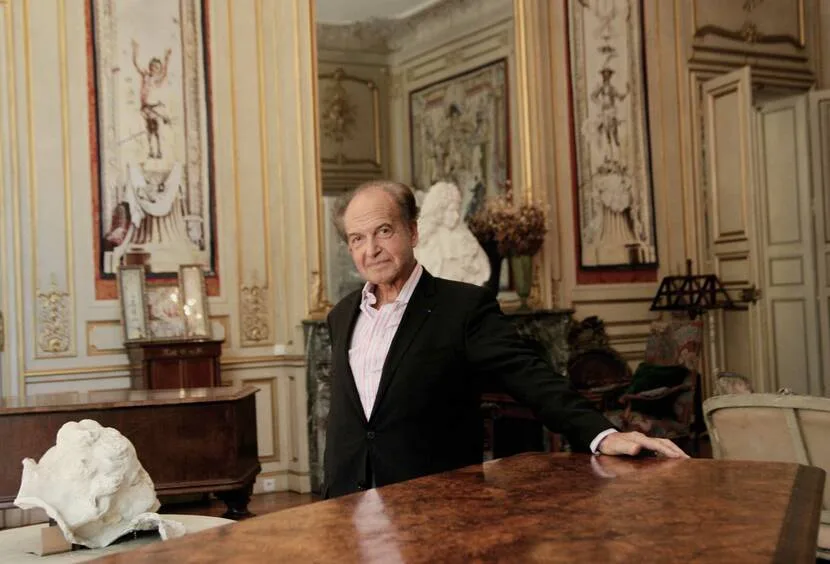
The Music Room
In the center, a magnificent billiard table dating from the Restoration is paraded. As I examine the collection of stuffed birds, the owner draws my attention to the portrait of Marc-Pierre d'Argenson, “ the most important painting for the history of the castle ". Its author would be Jean-Marc Nattier, artist at the court of Louis XV and creator of the color blue in his name.
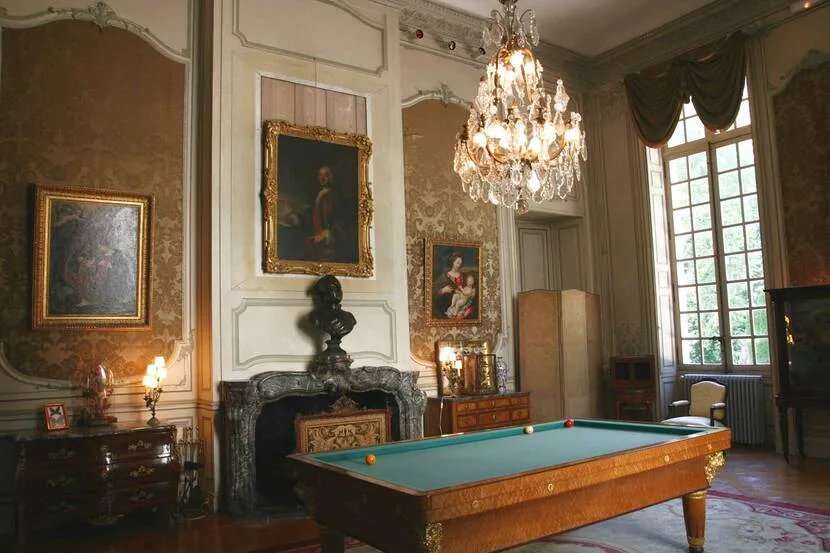
Library
Behind the staircase, three adjoining rooms make up the library, a favorite room for many visitors. There is a cozy atmosphere, between old books, reading tables, sofas and works of art. I am particularly impressed by the herbarium created by the Marquis Marc-René-Marie d'Argenson from 1804, and superbly restored by Mr. Abbou.
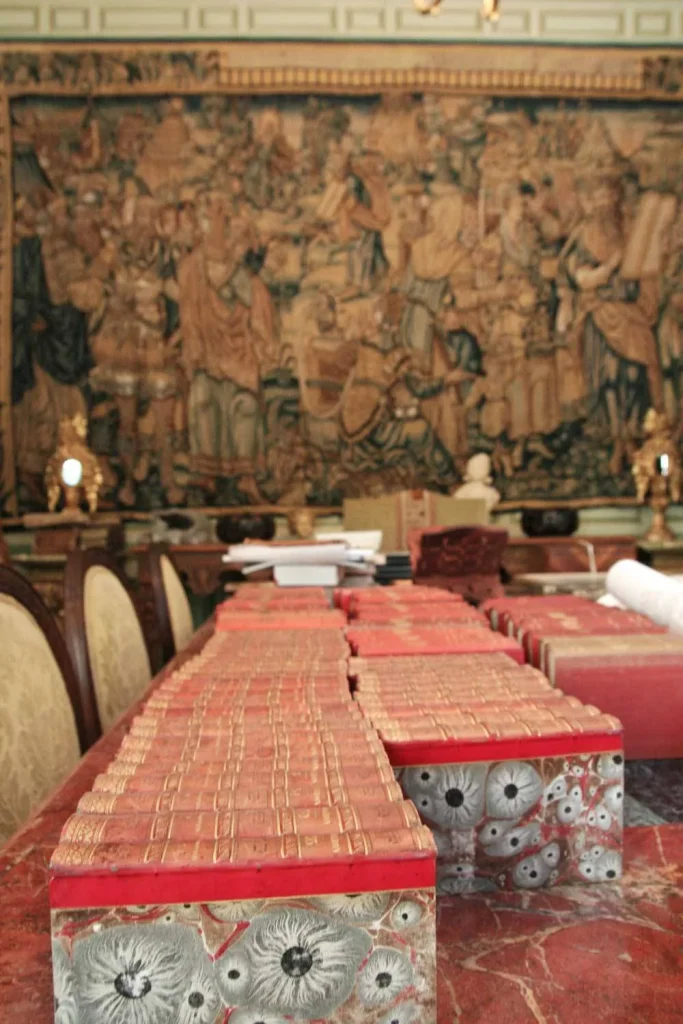
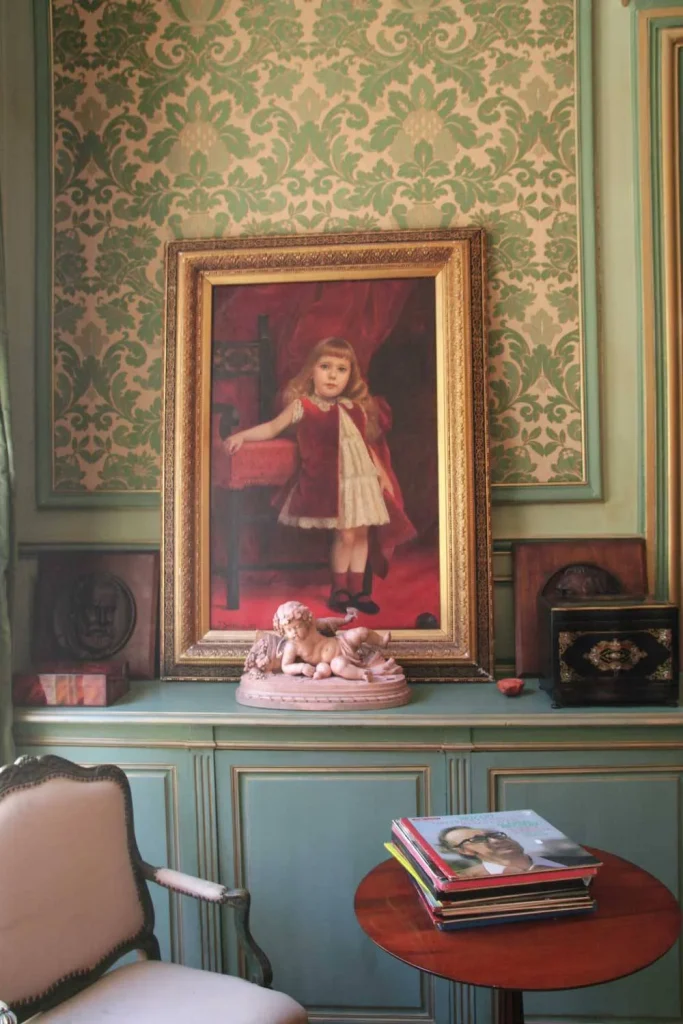
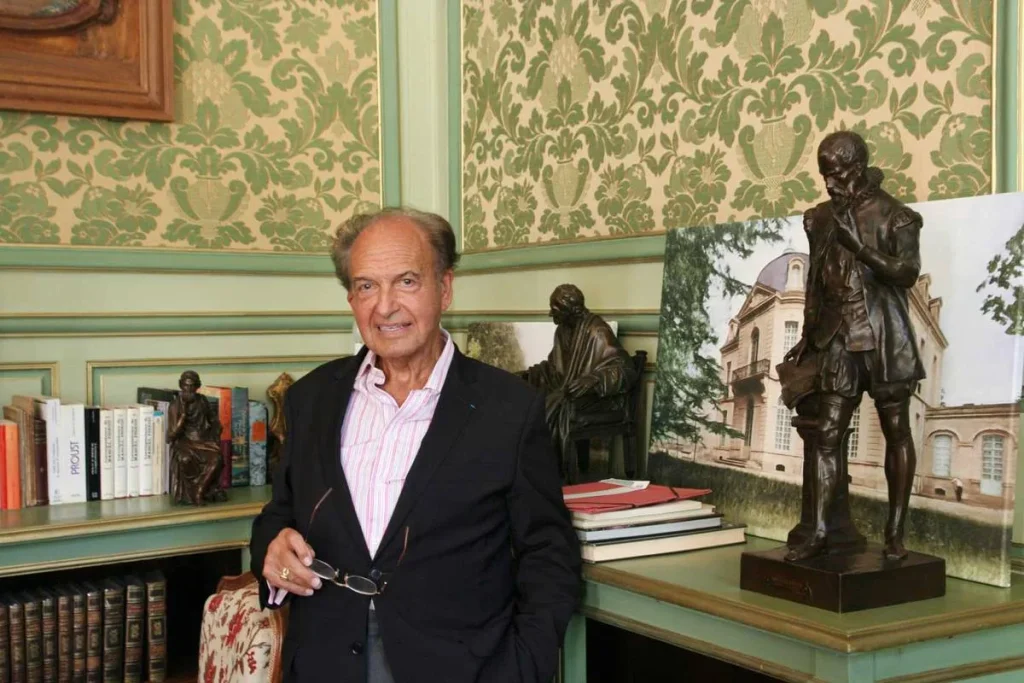
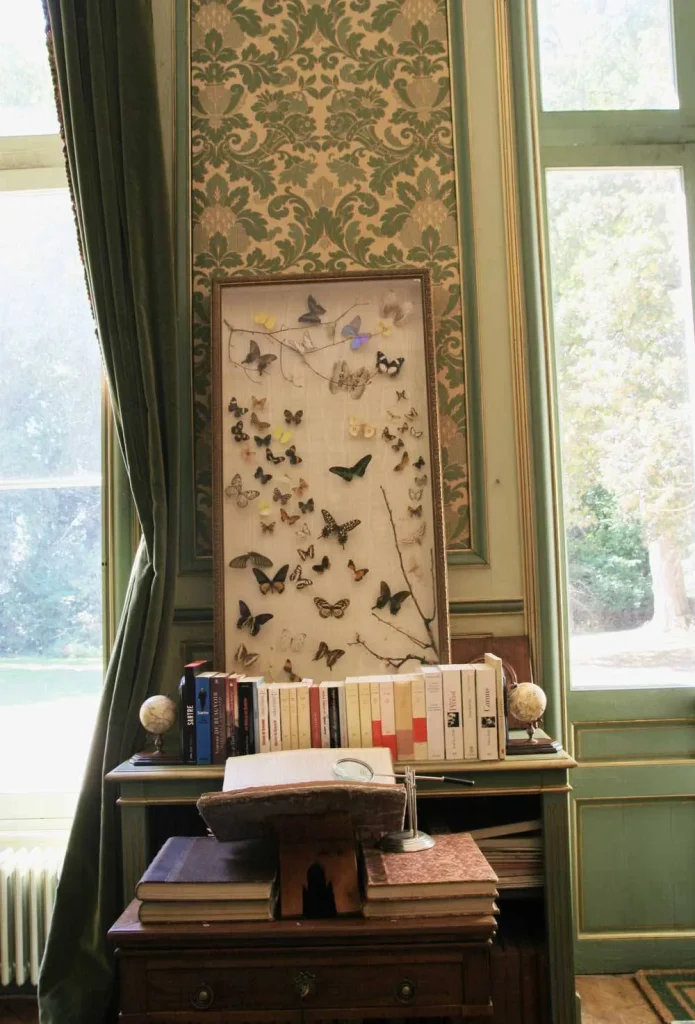
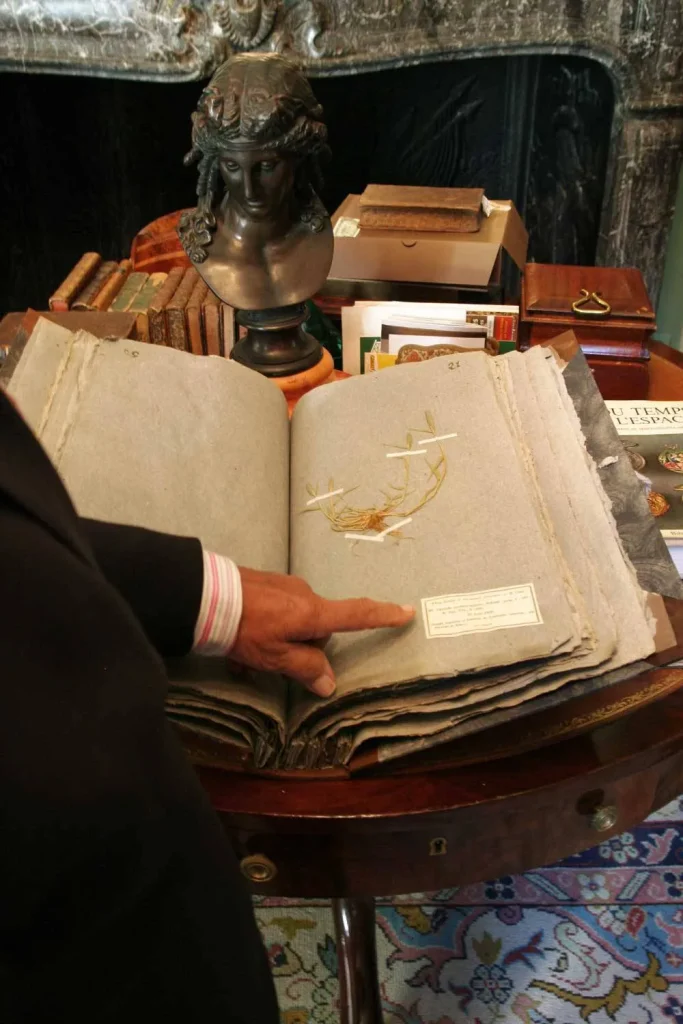
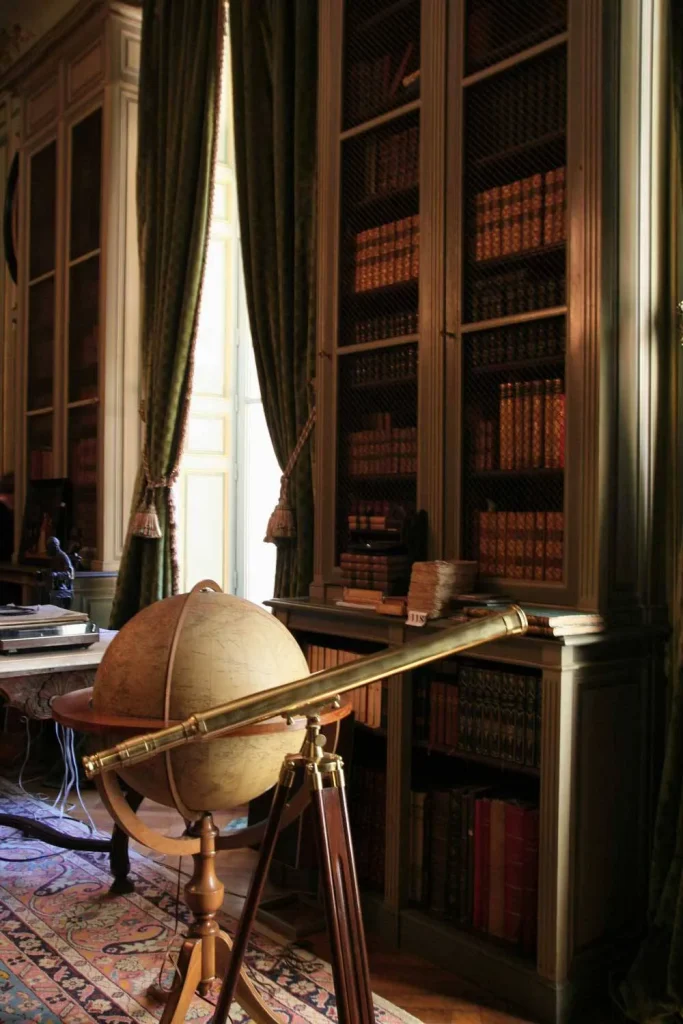
The kitchens
I visit one of the two kitchens, the one to the right of the gallery. Of extraordinary proportions, it includes a huge fireplace and a beautiful 15th century stone vegetable garden with five burners. Mr. Abbou says: “ The embers from the fireplace were placed in the cells of the vegetable garden to stew or reheat food. »
In the adjoining room, I discover the bakery and its bread oven.
Then Sydney Abbou must honor another appointment and entrusts the rest of the guided tour to Mrs. Puglia, accustomed to this exercise. I thank the person who takes the development of this historic monument so seriously.
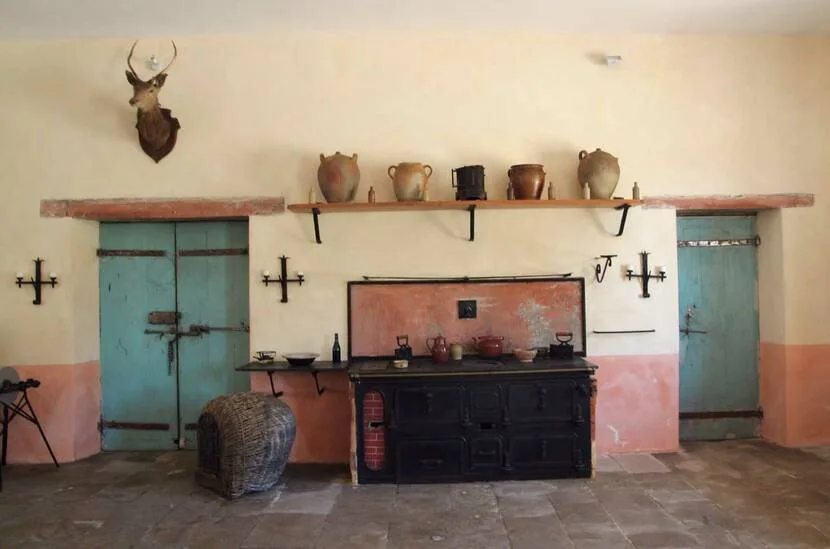
The orangery
Catherine and I cross the main courtyard to reach the Pussort wing. The Orangerie bears witness to the taste for exoticism during this period. Orange and lemon trees were stored there under cover in winter. Now this space is rented for receptions. What a setting for a wedding!
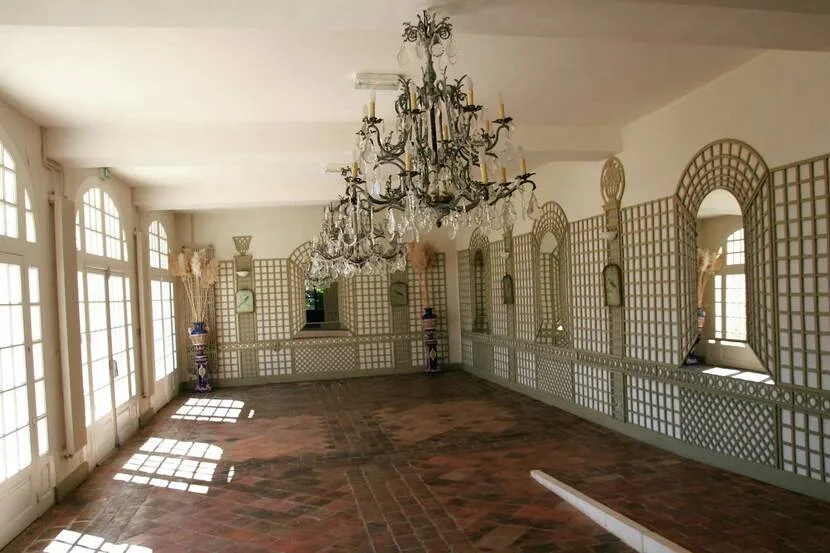
A motorboat
In the farmyard, Mr. Abbou displays the rarity he found in the castle's reserves: the oldest motorboat known to date. Dated 1902, classified as a Historic Monument a hundred years later, Suzette II was restored by the heritage workshops in 2006. I imagine sailing on this vintage yacht, hair in the wind!
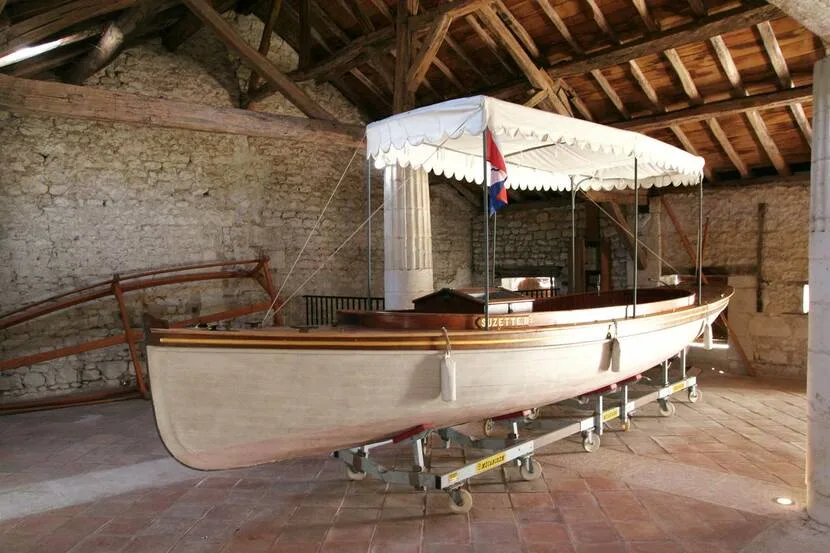
The cooler
In the park, near the old lingerie and the gardens on the river, Catherine Puglia shows me the 18th and 19th century ice house, not very photogenic but particularly clever. The inhabitants took advantage of the harsh winters to bring back the ice unearthed on the banks of Vienna. They placed it between fagots and straw, at the bottom of the cooler. This small building is airtight thanks to its three airlocks. From June to September, fish and meat were put there. With the crushed ice cubes, sorbets were made according to the recipe taught by the Grand Turk to Louis XIV.
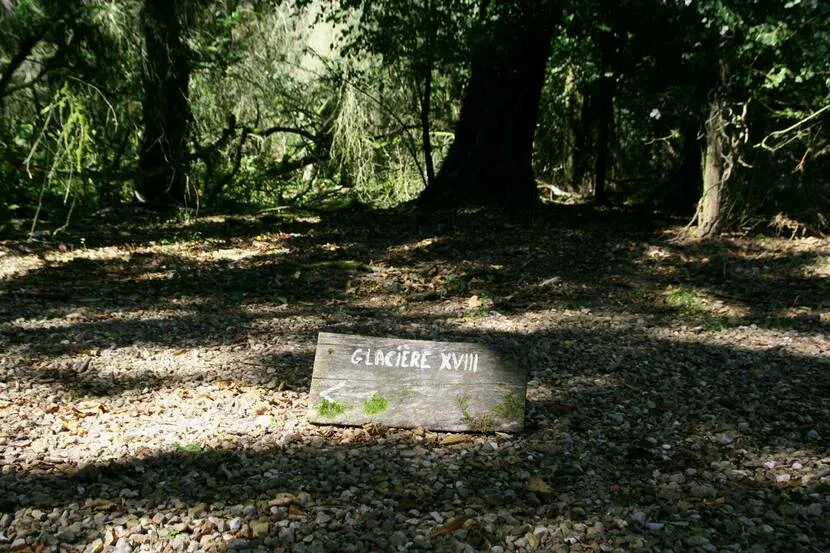
The power plant
On the other side of the main courtyard, near the entrance gate, there is another curiosity. The former caretaker's lodge houses a power station which provided electricity to the castle from 1906 until 1935. Still in working order, it is one of the rare preserved examples. I admire the wall chart and the hand-crafted light bulbs.
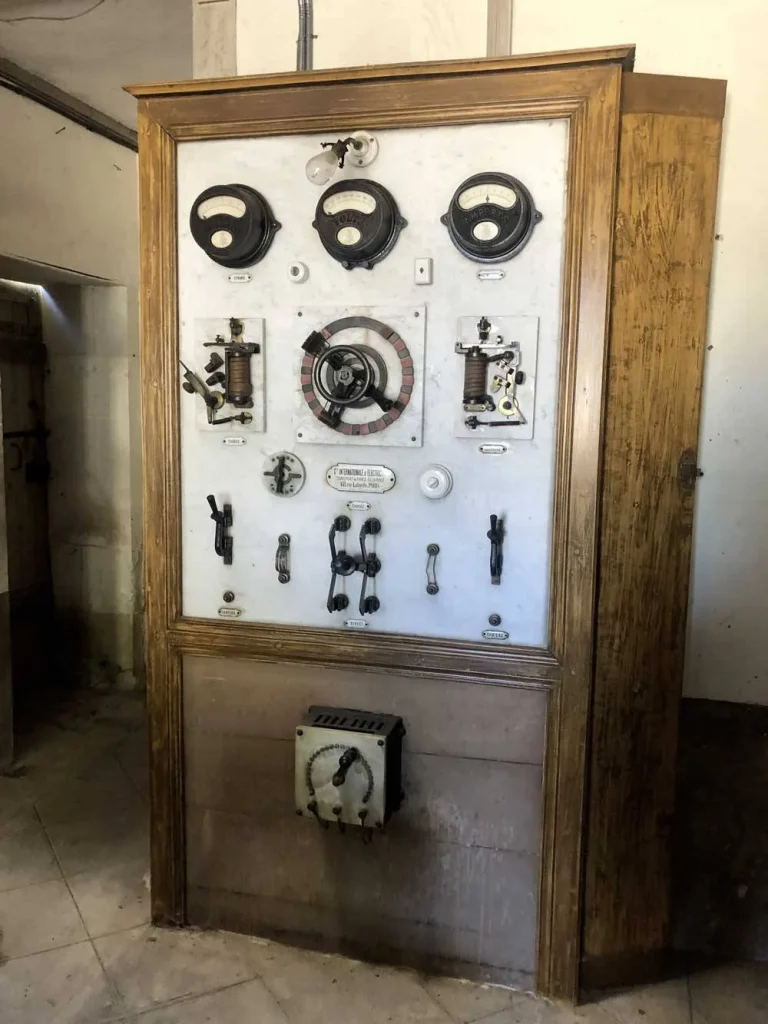
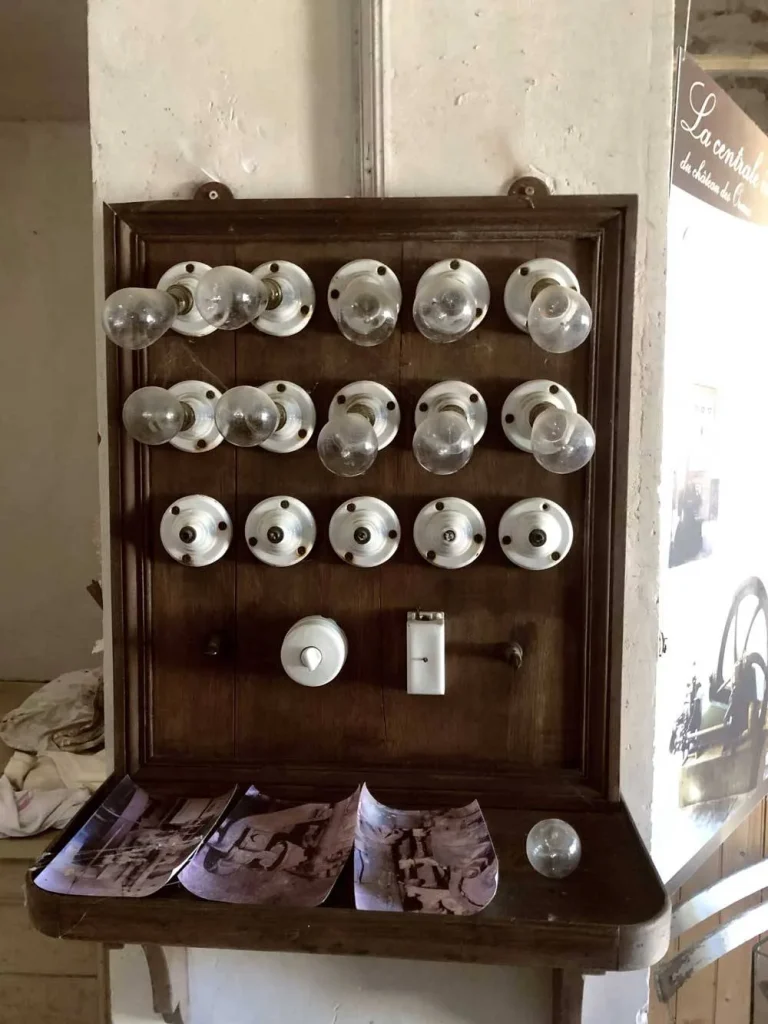
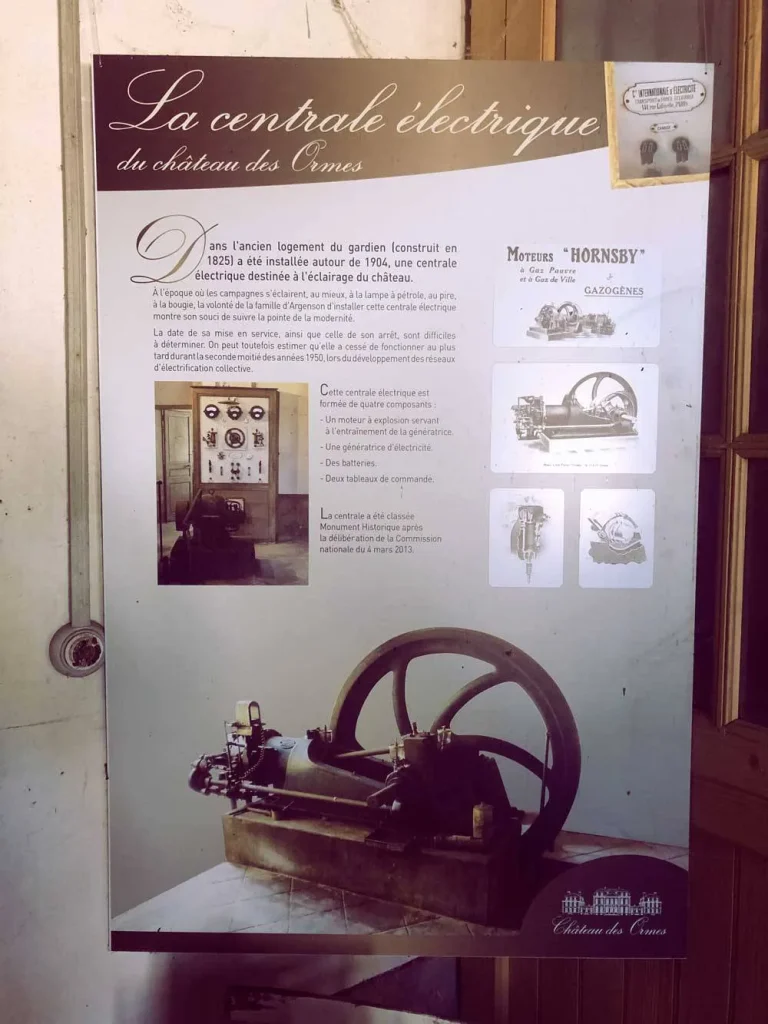
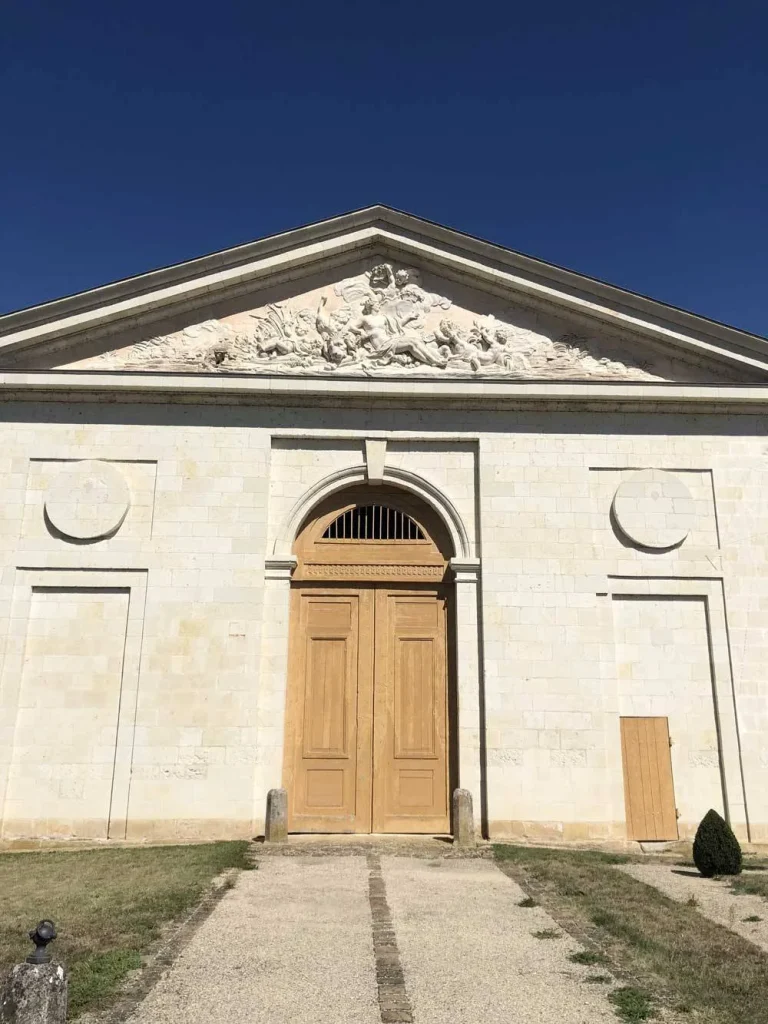
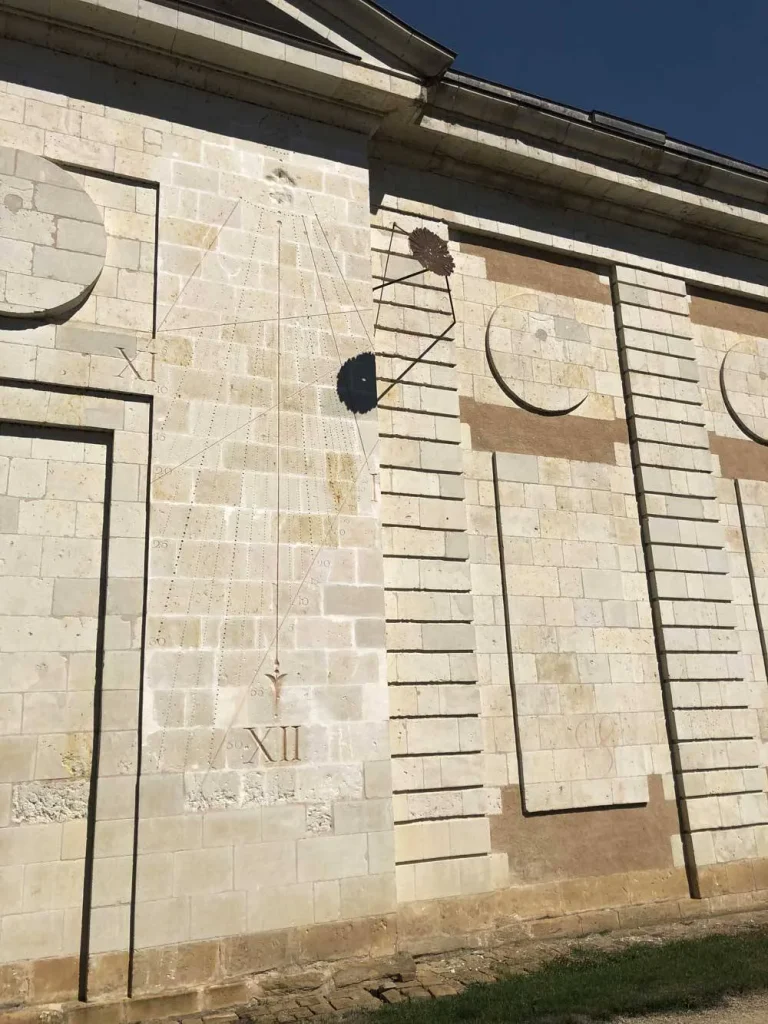
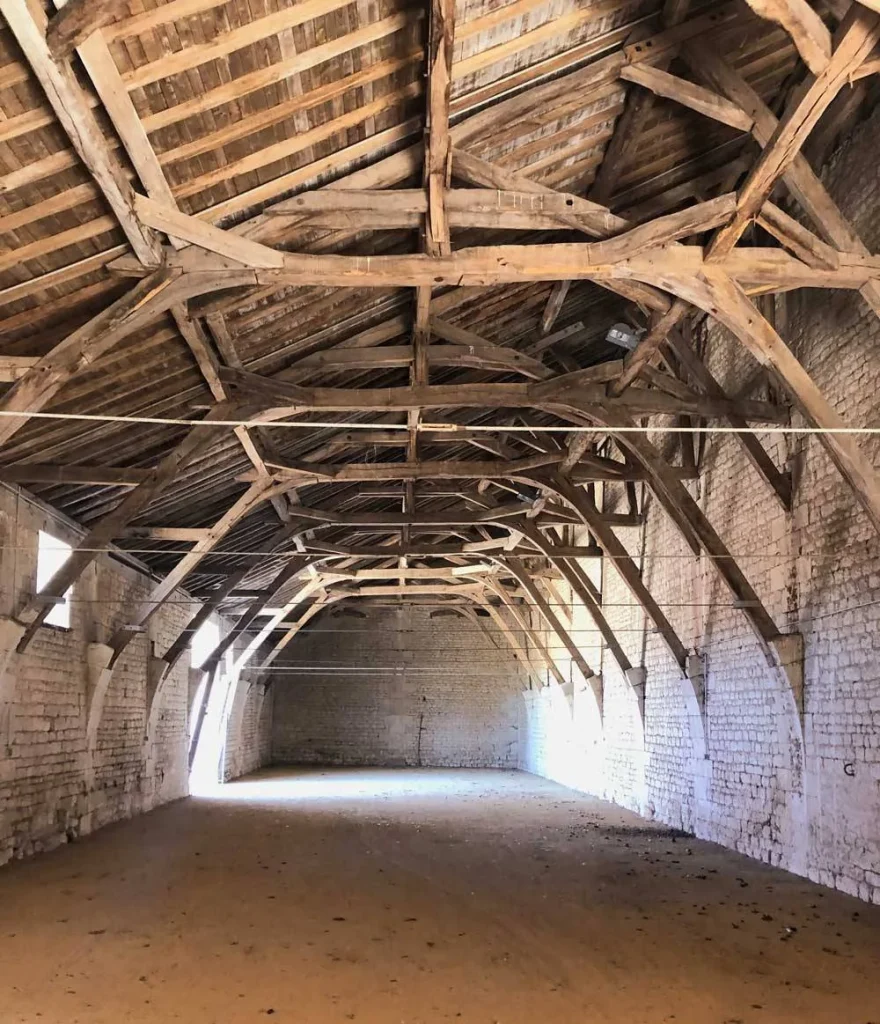
The sheepfold
To conclude this exciting ormoise ride, Catherine Puglia grants me one last favor. She borrowed the keys to a building from the town hall which, as usual, is only visible from the outside.
We exit through the two main gates of the castle and come face to face with an 80 meter long barn-stable. The Marquis d'Argenson had commissioned it around 1760, in order to contemplate it from his home. It has never had any real use, other than to impress passing travelers.
My guide for the day points out to me the majesty of the construction, the symbolic sculptures of the pediment 15 meters wide, as well as the sundial (a meridian to the right of the door) which indicates the time between 11 a.m. and 13 p.m.
Inside, the 12 meter deep monument conceals a beautiful restored framework with the original beams.
Themes

